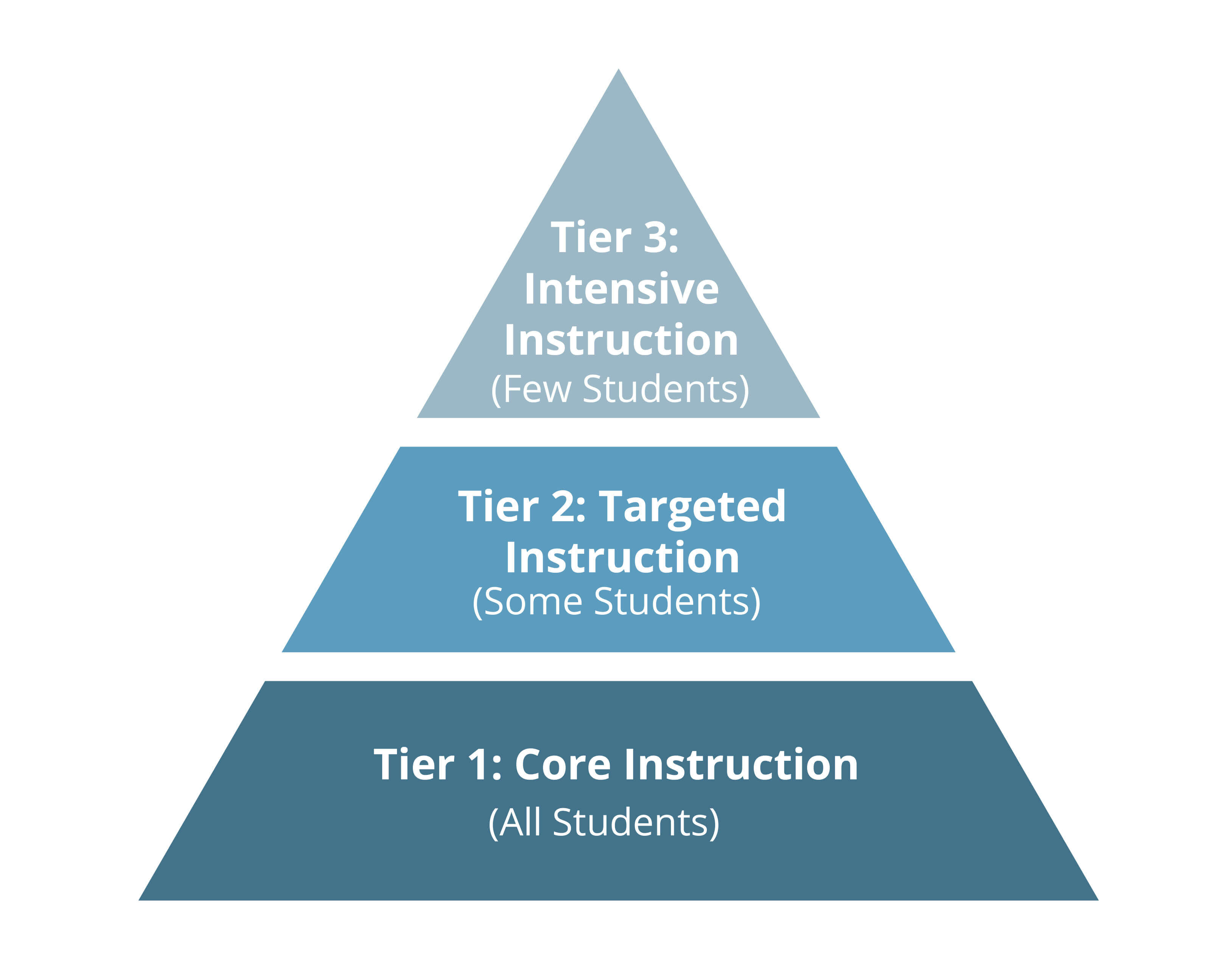Diagnosing Dyslexia
Diagnosing dyslexia and other disabilities is both an art and a science.
While there are tests and symptoms that assist in determining if someone has a specific illness or disorder, it takes more than a single measure to arrive at a valid diagnosis of learning disabilities. This is particularly true of diagnosing dyslexia.
Until recently, there was very little known about the neurobiological origins of dyslexia and other print-based disabilities. Thanks to research and brain imaging, a great deal is now known about the brain differences between good readers and those with dyslexia. Diagnosing dyslexia using fMRI brain scans, however, is not a realistic option for identifying at risk students. It is therefore essential that a reliable method for identifying dyslexia is available and that schools have access to this information.
Diagnosing Dyslexia - The Process of Evaluation
Diagnosing dyslexia is essentially a new process. For decades, school psychologists administered a battery of tests and gathered information as part of the evaluation protocol for determining if there was a quantifiable cause that explained a student’s reading failure. Evaluations often occurred after years of poor performance in the classroom, failing grades, and numerous requests from teachers or parents. This came to be known as the “waiting to fail” model.
When students were eventually evaluated, the most common process used by schools to determine a reading disability was the discrepancy model.
The Discrepancy Model:
The practice of evaluating and classifying students for special education eligibility based on the difference (discrepancy) between a student’s overall IQ score as determined by an IQ test, and reading ability as measured by an achievement test.
If a child’s reading scores were significantly below what would be expected based on the IQ score, the child was determined to have a learning disability.
The discrepancy model of evaluating for reading disabilities was widely used until 2004 when the Individuals with Disabilities Education Act (IDEA) was reauthorized. The new regulations established that the criteria for identification “must not require the use of a severe discrepancy between intellectual ability and achievement for determining whether a child has a specific learning disability” (34 CFR 300.309).
Although many school districts continued to use the discrepancy formula even after the reauthorization of the new IDEA, a 2011 study conducted under the National Institute of Child Health and Human Development (NICHD) concluded that “the discrepancy model is not a valid basis for allocating special educational services in reading.” ...there is little reason to rely on the discrepancy model in the classroom any longer. Regardless of IQ, all children with dyslexia should be eligible for support in learning to read.❞ The research specifically focused on the possible link between IQ and dyslexia and found no basis for classifying a child as dyslexic “on the basis of a lag between reading ability and overall IQ scores.” Dr. Fumiko Hoeft, one of the principal researchers of the study, stated that “...there is little reason to rely on the discrepancy model in the classroom any longer. Regardless of IQ, all children with dyslexia should be eligible for support in learning to read.”
This research, along with the IDEA regulations and an increased demand for diagnosing dyslexia rather than the more generic specific learning disability, have led to a number of new developments. One of these outcomes has been the implementation of Response to Intervention (RTI), an educational approach designed to provide school-wide tiers of support in order to determine if a child responds to scientific, research-based intervention. This allows data to be collected prior to or during a referral for evaluation and reduces misidentification and inappropriate placements in special education.
For more information on IDEA regulations regarding the identification of specific learning disabilities, view the U.S. Department of Education link here.
RTI was the result of two additional criteria added to the IDEA reauthorization of 2004. IDEA regulations required that these criteria be included in the process for diagnosing dyslexia and other learning disabilities regardless of the type of evaluation used.
Appropriate Instruction |
For the first time, data demonstrating that the child “was provided appropriate instruction in regular education settings, delivered by qualified personnel” was to be considered. This was a significant change from the previous regulations because it acknowledged that some students who were being classified with a learning disability were actually casualties of poor or inadequate instruction.
Regular Assessments |
The second new criterion to the evaluation process was the requirement that schools regularly assess the achievement of students in the form of “data-based documentation of repeated assessments of achievement at reasonable intervals, reflecting formal assessment of student progress during instruction, which was provided to the child's parents.” This was fairly revolutionary in recognizing the need for data-based documentation that would identify whether a student was making progress as part of the evaluation process.
These changes provided an alternative to the discrepancy model of evaluation and led to several major policy changes in identifying students with disabilities including the adoption of the Response to Intervention (RTI) framework. This framework begins with ensuring that high-quality instruction is available to all students in the general classroom (Tier 1).  The RTI approach is based on the theory that when students receive quality reading instruction and support in the regular classroom, there is less need to provide intervention outside of the classroom. Supported by research, RTI demonstrates that structured literacy instruction and intervention may actually prevent reading difficulties from developing into deficits. This would catch students before they fail and potentially reduce the number of children with reading problems from entering the special education system.
The RTI approach is based on the theory that when students receive quality reading instruction and support in the regular classroom, there is less need to provide intervention outside of the classroom. Supported by research, RTI demonstrates that structured literacy instruction and intervention may actually prevent reading difficulties from developing into deficits. This would catch students before they fail and potentially reduce the number of children with reading problems from entering the special education system.
The next level of support, Tier 2, creates the opportunity for students who are not making progress in Tier 1 to receive additional time, instruction, or more targeted intervention. Because these students are typically not meeting benchmarks in the classroom, Tier 2 interventions are generally provided in small groups during time set aside for independent reading or during an elective class. At Tier 2, data is collected, usually for a minimum of six weeks, to determine whether a student is responding to the structured intervention.
There may be students, however, that continue to need even more intensive intervention. Tier 3 involves the provision of intensive instruction in a setting that allows these students to work one-on-one with a specialist. Many of these children exhibit the characteristics of print-based disabilities and may require prolonged periods of intervention. The fundamental purpose of Tier 3 is to determine if these students are able to make progress with intensive instruction or if they will need ongoing support through an Individualized Education Program (IEP).
Several factors are essential in the provision of Tier 2 and Tier 3 supports:
 |
Use of evidence-based reading instruction/intervention. |
Ideally, this should be the same reading program/method that is being used in the classroom to increase repetition and eliminate confusion. |
|
 |
Intervention provided by a qualified educator with training and experience working with children with dyslexia and print-based disabilities. |
 |
Appropriate methods of data collection and process for progress monitoring. |